After watching Liverpool’s 2-0 victory at Sunderland yesterday John W. Henry responded to enquiries about contract talks with Kenny Dalglish by sidestepping the question. “…what is going on in that regard is private.” Henry replied; “It is something called the Liverpool way. You do these things behind closed doors…” In an instant he proved that he has learnt more about Liverpool Football Club and its supporters in six months than Hicks and Gillett bothered to find out in three and a half desperate years. But what exactly does anyone mean when they talk about ‘the Liverpool way’?
The first thing that springs to mind when the phrase crops up is a certain style of play on the pitch, the pass and move attacking football that reached its pinnacle during Dalglish’s first stint in charge. Kenny did not begin the tradition, of course: the blueprint was laid down by Bill Shankly and refined by Bob Paisley and Joe Fagan after him. Shankly’s vision was to create a team of players who all played for each other. Selfish individualism was never the hallmark of the great Liverpool sides which is why it was always true to say that no single player is ever more important than the club. After some ten years of more conservative European tactics the Anfield crowd are currently being treated to a return to pass and move now that Dalglish has the helm again.
The style of play is only part of the equation, however, and Kenny has also helped reintroduce another of the Shankly/Paisley trademarks which was torn asunder by Hicks and Gillett. After all the upheaval and public degradation that came with the final days of the previous owners, Dalglish has reminded the world’s media that Liverpool expect their staff, players and even their owners to behave with more dignity when it comes to club matters. You could paraphrase the underlying intent as a desire not to do the club’s laundry in public. While the press continue to try and snatch a story out of nothing by claiming that Dalglish and John W. Henry are being ‘coy’ over contract talks, what the owner and manager are actually doing is refusing to discuss media speculation. As Kenny said for several days while the Torres saga was drawing to its inevitable climax, he is only prepared to talk about issues when there is something definite to talk about. It’s a polite and dignified way of telling reporters that the internal business affairs of Liverpool Football Club are none of their business until such time as an official statement is made.
On and off the pitch, then, the Liverpool way is about commitment to the cause and dignity under the media spotlight. But perhaps the most vital piece of the jigsaw is the club’s relationship with and attitude towards the fans. Shankly understood how fortunate he was to manage a team that mattered so much to its supporters. He felt such an affinity with the fans that they accepted him as one of their own. He knew as well as they did how honoured he was to be overseeing their dreams and aspirations every time he spoke to the press or wrote player’s names down on a team-sheet. Paisley, Fagan, Dalglish and Roy Evans also fully understood the privilege that underpins taking up the mantle of Liverpool manager. Over the past twenty years, however, more than one of the club’s subsequent managers might be accused of believing it was more about their own egotistical career progress than about being custodian of the hopes of Liverpool supporters. And, it goes without saying, our previous owners thought owning the club was more about making a ludicrous profit than it was about restoring and maintaining traditions that stretch back to days when they were still wearing short trousers.
 In the current owner and the man he has chosen to steer Liverpool out of the doldrums Hicks and Gillett left it nearly stranded in, the supporters finally have two figures who understand the three-part equation that is the Liverpool way. By returning the club to time-honoured practices it is now possible to look to the future with optimism once again. It could be argued that there is a fourth element to consider if we are to believe the club has truly returned to Shankly’s blueprint. Some say that Liverpool need to be winning cup competitions and, most importantly of all, reclaiming the domestic league title before we can truly see the restoration of the Liverpool way. I disagree. The Liverpool way is not about the shiny trophies that successful teams can accrue; it is the fundamental philosophy that must run throughout the club. It just so happens that once that philosophy is understood and practiced by everyone at Liverpool, from the owner through to the trainees and the canteen staff, then it becomes increasingly likely that the trophies will return as well.
In the current owner and the man he has chosen to steer Liverpool out of the doldrums Hicks and Gillett left it nearly stranded in, the supporters finally have two figures who understand the three-part equation that is the Liverpool way. By returning the club to time-honoured practices it is now possible to look to the future with optimism once again. It could be argued that there is a fourth element to consider if we are to believe the club has truly returned to Shankly’s blueprint. Some say that Liverpool need to be winning cup competitions and, most importantly of all, reclaiming the domestic league title before we can truly see the restoration of the Liverpool way. I disagree. The Liverpool way is not about the shiny trophies that successful teams can accrue; it is the fundamental philosophy that must run throughout the club. It just so happens that once that philosophy is understood and practiced by everyone at Liverpool, from the owner through to the trainees and the canteen staff, then it becomes increasingly likely that the trophies will return as well.
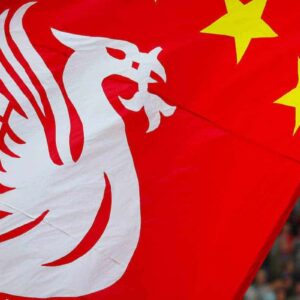

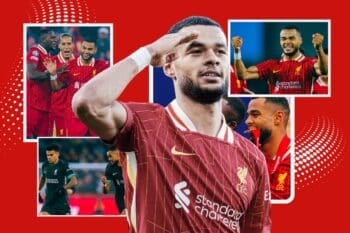


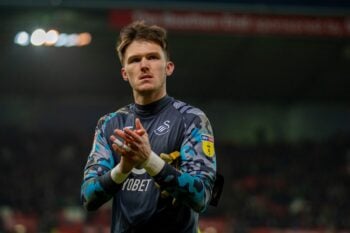


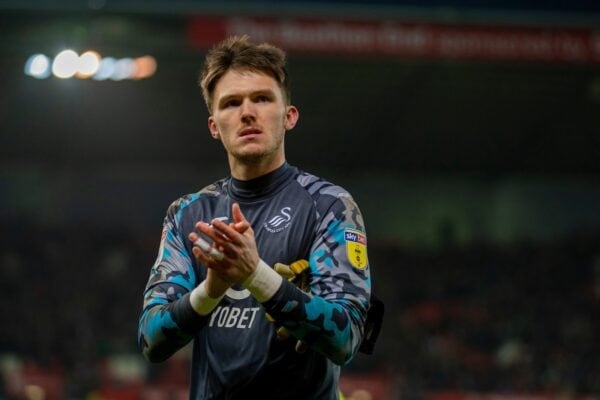

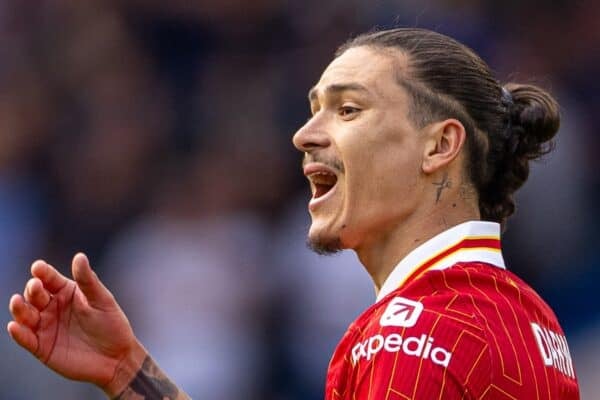
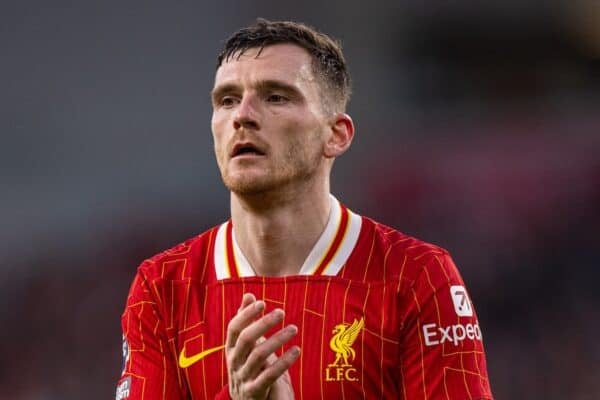

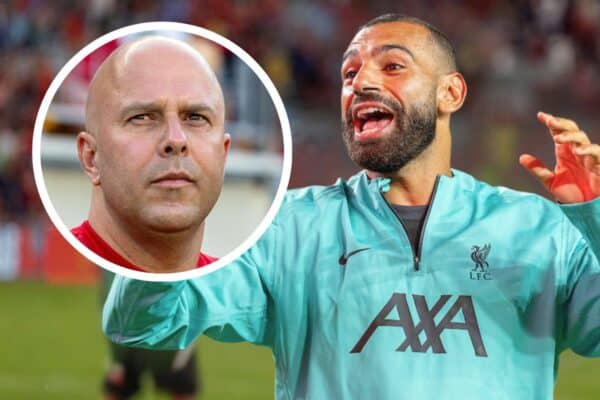


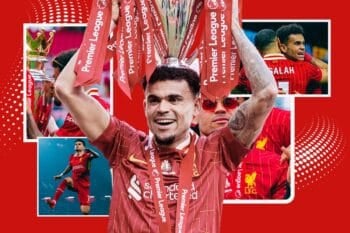
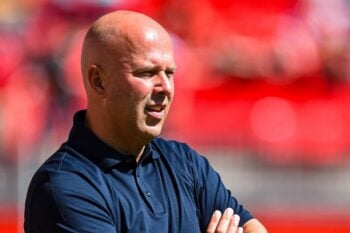
Fan Comments